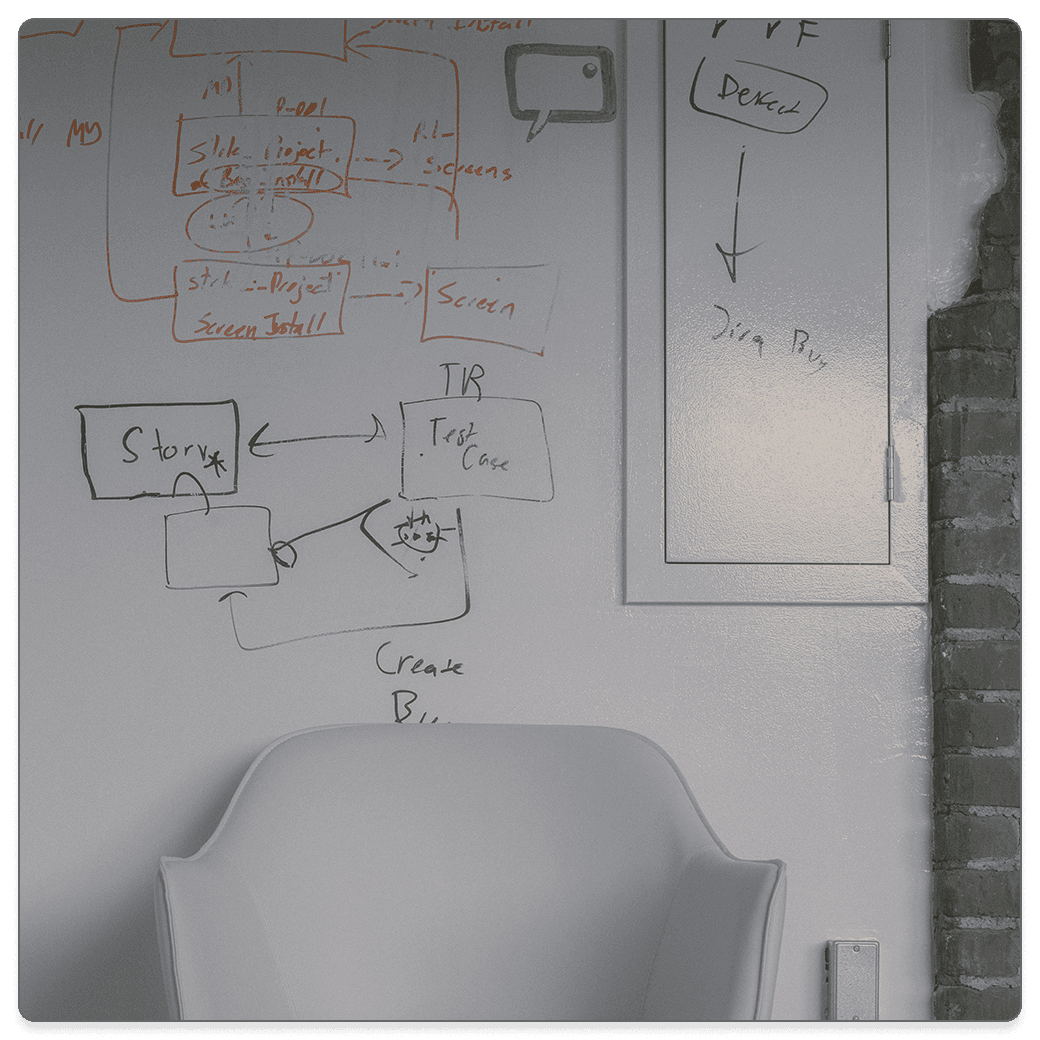“For every complex problem there is an answer that is clear, simple, and wrong.” This is a quote by H. L. Mencken. A black-or-white thinker would reject it. A see-different-perspectives, could-be-this-could-be-that thinker (this contrasting group doesn’t a particular name [1]) would appreciate it, but might add, “and sometimes a complex problem can also have an answer that is clear, simple and right.”
Full disclosure: I am a mushy, see-different-perspectives thinker, which, I hope, means that sometimes I see things as black or white, and sometimes I don’t, which is another way of saying that I drive black-or-white thinkers crazy. I aspire to be more like them, I think, sometimes, but…maybe not.
These distinctions might identify some people but not others. They are interesting but certainly do not have the stature of biblical categories like righteous vs. wicked. Instead, think of them as kind of a game that can have useful applications.
Characteristics of Black-or-White Thinkers
Here are common features you have:
- You can be decisive and confident. CEO’s have this style. U.S. Presidents usually do too. Pastors of large churches often have this style as do preachers who are strong in evangelism. There is nothing wishy-washy about them. Their preaching will call you to act more than think.
- You are right—some things are black-or-white: e.g., being turned toward Jesus or being turned away from him. Scripture is clear. It is accessible to a child and doesn’t always need scrutiny and nuancing. There are times when thinking about something too much creates the “paralysis of analysis” when prompt action is needed.
But there is a dark side.
- Sometimes you react too quickly. You make decisions on what you think somebody said before the person finished saying it. Listening does not come natural to you. After all, when something is clear and your mind is made up, why listen?
- You make decisions on the basis of one principle when more than one principle is relevant (e.g., children obey your parents and parents don’t provoke children, headship and considering the interests of others as more important than yourself). Things are not always simple and clear.
- Your common sins are legalism, self-righteousness, anger and arrogance. (Depressed black-or-white thinkers—and there are many of them—tend to focus their black-or-white thinking on themselves more than others.)
- You are not so sure about counselors.
- You might forget that progressive sanctification is a messy process in which there is always good, hard and bad, all at the same time.
Their Opposites
And now the mushy multiperspectivalists:
- You listen. There is always more to learn and perspectives that you have not considered. As a pastor you want people to think hard about important matters.
- You are right—many things are complicated. In a world where there is sin and divine restraint of sin, and the persistence of the image of God in all humans—things will be complicated. Scripture, too, is complicated. We are lifting material spoken in an ancient culture and applying to a modern one.
Your dark side?
- You have a hard time giving a straight “yes” or “no.” You have to nuance everything. You could take either side in many debates.
- You make decisions when you must, but not before. Sometimes you react too slowly, which doesn’t always work well in emergencies. Everything is too open-ended.
- You are not at your best in administrative or CEO jobs. In church, you would not be the person they ask to give the altar call. You might do well as a counselor.
- Your common sins are liberalism, not getting alarmed or angry, and fear.
- Watch out. Some things are black-or-white.
At My House…
This black-or-white and mushy-minded dimension captures some differences between my wife and me. She is more black-or-white, a confident decision maker, rarely tentative, and succinct in her counsel and advice to me. She is a woman of action. And I love it, though it probably took me a few years to warm up to the idea that these were amazing strengths and I needed them.
I think she might say the same about my mushy style, though I can’t always be sure on that.
There are thousands of dimensions like this one—introvert-extrovert is one of the most popular, cat person-dog person is popular but is taken less seriously. Don’t fall in love with any one dimension in particular. Some will suit you but not others; some will excite others but miss you altogether. They are not that important. At best, they are an exercise in considering our strengths, our weaknesses and our pet sins, and they might lead to helpful conversations for some relationships.
Which is Superior?
Is one style better than the other? As with so many other strategies that identify personal styles, Scripture rarely takes a stand. These personal bents are usually best understood as strengths, and each strength has it correlative weakness and sins. When you use them to understand others, focus on strengths. When you use them as a way to look at yourself, consider unique strengths and feel free to include how those strengths come bundled with weaknesses and sins.
[1] Symphonic Theology, by Vern Poythress identifies a multiperspectival approach, which might be a helpful term, but it has too many syllables.



